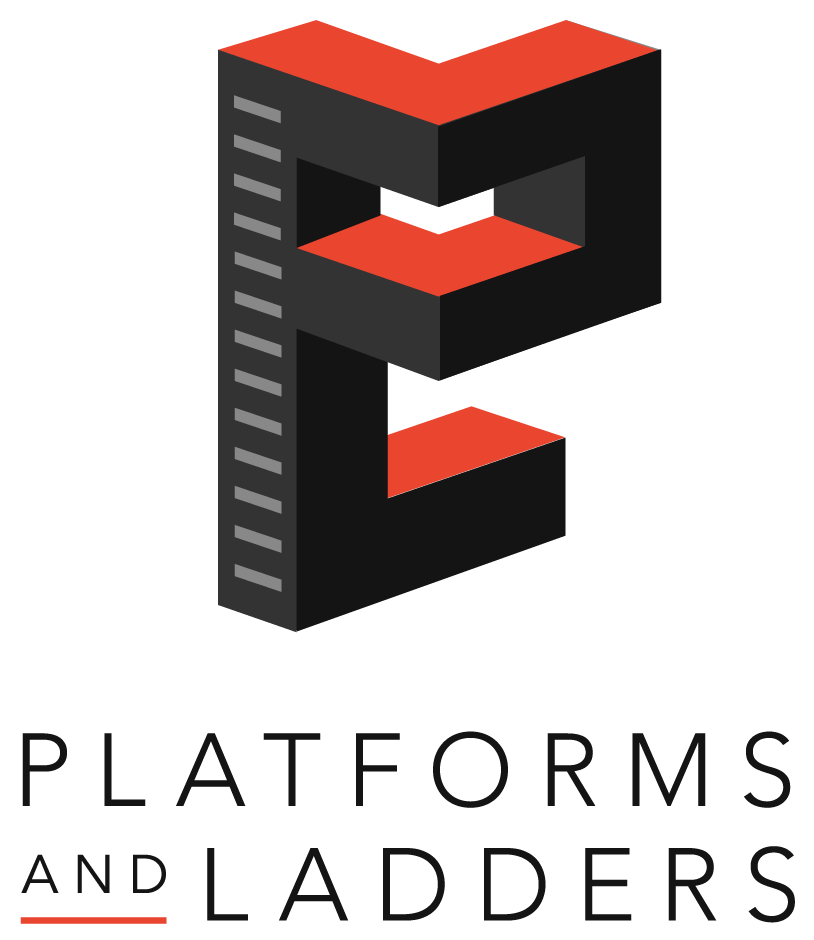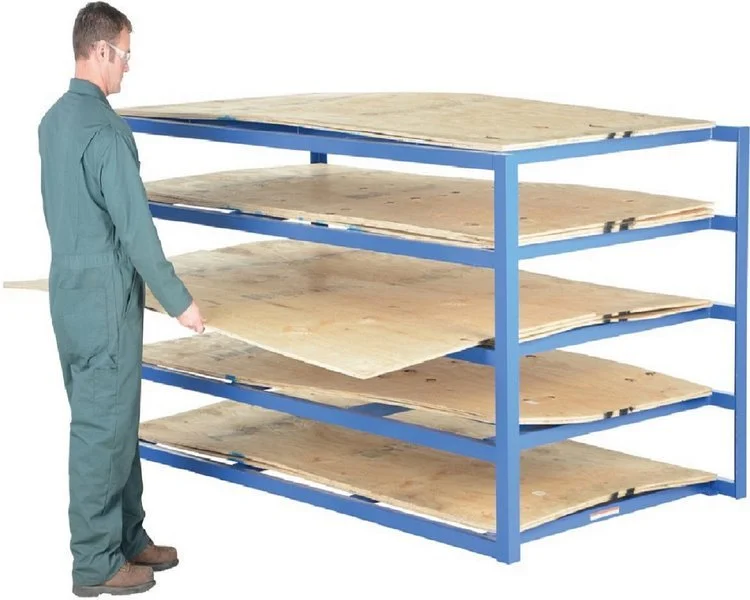Because work platforms come in many shapes and sizes, choosing the right one for your application may be difficult. Some work platforms are “off the shelf” items while others are custom made and appropriate only for a specific job task. There are actually some off the shelf custom work platforms that are constructed of “off the shelf” components that are attached together forming a unique platform appropriate for a specific job task.
Defining “Work Platform”
A work platform is essentially any elevated platform used as a place of work. There is no specific height requirement of a platform before it becomes a work platform. If a platform is elevated only one inch for a specific job task, that platform would be a work platform.
Work platforms fit into two broad categories which are mobile work platforms and fixed work platforms. Mobile work platforms can be moved from one work area to another while fixed work platforms are “fixed” to one location. Most mobile work platforms are moved through the use of wheels or casters, but some are moved using machinery such as forklifts or cranes.
When choosing a work platform, it is imperative to consider the environment in which the platform will be used. Will the platform be outside in the elements or in an indoor environment? If the work platform will be outside in the elements, will the platform be dry except for occasional rainfall, wet regularly due to water from a hose or other source, wet from sea spray, or subjected to sleet and/or snow? If the work platform will be in an indoor environment, what if any level of sanitation will be needed? Platforms in a pharmaceutical manufacturing environment usually require greater levels of sanitation when compared to platforms in a food processing environment. Platforms in a food processing environment usually require greater levels of sanitation when compared to platforms in a warehouse environment.
Work platforms can be made of a variety of materials such as steel, aluminum, stainless steel, wood and some composite materials. They must meet OSHA safety standards and may include specialized tread for use in a specific environment. All platforms should be regularly inspected and maintained before and during company use. Employees using the platforms should receive safety training before they are given the authorization to use the platforms.
Work Platforms and Risk Assessment
A risk assessment is a detailed study of what could cause harm to someone as a result of a particular activity. It allows you to decide what steps to take in order to prevent employee harm in the workplace. In considering what steps to take, the general principles of prevention must be considered. When considering work platforms, a risk assessment should be carried out in order to identify what hazards exist and the degree of risk present.
How to Perform a Risk Assessment
There are five basic steps to a risk assessment:
1. Look for the hazards that exist.
2. Determine who might be harmed and how.
3. Evaluate the risks and consider if the existing precautions are adequate or if something more should be done.
4. Record your findings.
5. Review your assessment.
Work Platform Risk Assessment Considerations
If you are performing a work platform risk assessment, at a minimum you need to consider the following:
1. The work activity.
2. The equipment to be used in the work activity.
3. The duration of the work.
4. The location of the work activity and presence of nearby hazards.
5. The working environment such as weather conditions and lighting.
6. The condition and stability of existing work surfaces.
7. The physical capabilities of the workers.
Preventing Work Platform Emergencies
It is your duty to have a safe system of work and to prevent people from falling from any height. The old division between low and high falls has gone. Your duty is to all prevent falls.
Accordingly, any work on elevated platforms needs to be planned in advance of the work activity. Careful consideration should be taken in the selection of a work platform and also the use of the other equipment, so that a safe system of work is in place. A safe system of work needs to include at a minimum supervision of workers, fall arrest equipment, weather such as icy or rainy conditions and any emergency or rescue procedures that may be required.
Regular inspection of work platforms is necessary. A report of inspection should include:
1. The name of the person for whom the inspection was carried out.
2. The location of the work platform inspected.
3. A description of the work platform inspected.
4. The time and date of the inspection.
5. Issues identified that put at risk the safety or health of any employee.
6. Action(s) taken as a result of any issue identified in the inspection
7. Details of any further action considered necessary.
8. The name and position of the person making the report.































